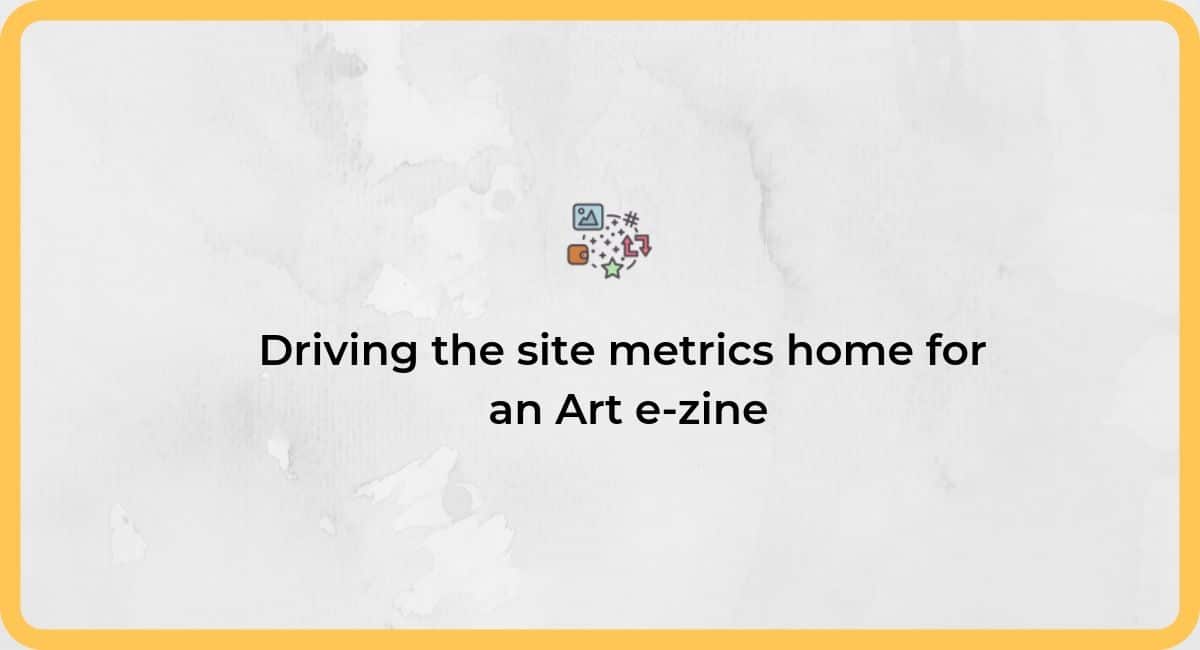Digital Media Course Recommendation: Marketing Foundations by The Trade Desk
The Trade Desk is that hot ad tech company that probably you have only heard of if you are linked to digital media buying or are an investor in the stock market.
Valued at roughly $10 billion, its stock became an overnight favorite of investors right from its IPO back in September 2016, trading at nearly 14 times its IPO price within 3 years!
For now, let’s bring our attention back to digital marketing and more specifically digital media.
Trade Desk, much like Google’s DSP, enables automated bidding on advertising inventory in real-time, allowing marketers to show an ad to a specific customer, in a specific context. Essentially, it is an automated data-driven advertising platform allowing real-time bidding.
Programmatic sells (and delivers) on the promise of long-tail audience reach to marketers. To put the long tail in perspective – Facebook, the biggest social media platform has 2.5B active users (as of 2019 last quarter). There are, however, 4.5B active internet users worldwide (as of 2019 end) which a DSP like Trade Desk or Google Marketing Platform lets you reach.
Amazon’s demand-side platform is growing rapidly as well, offering dynamic bidding options to marketers, something that Facebook Ads manager is yet to offer.
The possibility of bidding and decision-ing in real-time between a Spotify commercial, an in-app banner, or a Hulu TV spot based on efficacy and campaign goals will keep getting more attractive for marketers as more screens and speakers are added.
Learning data-driven media planning and buying will be a vital skill for anyone related to marketing and advertising but in particular, this course will be helpful for –
- Brand managers who are writing cheques for programmatic campaigns
- Media buyers who are executing campaigns but don’t necessarily understand the nuts and bolts of strategy
- Analysts who are reporting back on media performance
The certifications are free on Edge Academy at Trade Desk through 2020.
Main Topics that the Foundation course covers:
- History of Programmatic Media
- How Real-time bidding works
- How to activate data inside your DSPs, leverage first and third-party data in DMPs, and how SSPs work. If you don’t understand these abbreviations and still write cheques for the media, this course is for you :)
- Open and private markets, leveraging deal ids to retain the benefits of relationships and negotiation muscle
Why did the Trade Desk Foundations course interest me?
- Having held brand management roles for over seven years with co-responsibility of P&L at the end of it, I have signed cheques for multi-million dollar national campaigns. Admittedly though, I didn’t fully appreciate the performance metrics such as viewability, on target %, or the role of assigning conversion credit. In 2013, most media discussions revolved around GRPs with GMTV hogging over 80% or so of the media budget, and sophisticated performance metrics provided by third-party providers were not commonplace.
- Digital media will only get bigger. As Jeff Greene puts it:
Advertising is the currency by which the internet pays for itself.
Consumer attention will continue to be fragmented across screens and platforms. More volume and range of inventory will keep becoming available through the programmatic route. Time and resource efficiency, along with price transparency that programmatic offers will continue to make it attractive so it makes sense to get an understanding of the Lumascape and the metrics that matter.
- Lastly, I work in a media team currently and own media reporting for the business. I better get my digital media fundamentals in place!
To close this post, I want to share an interesting concept of attribution and how wrong last-click attribution can be for certain categories. In performance marketing, we are fixated with assigning credit and how we define conversion. Greene shares an example of Mercedes Benz which has a purchase cycle of nearly twenty years. It takes twenty years for the brand to convert an individual into a Benz customer. Word of mouth, sponsored tennis tournaments, test drives, CRM activities, outdoor hoardings, print ads in in-flight magazines, among others are some of the touchpoints that he is exposed to over twenty years.
Right before making the purchase, the customer hops on to Yelp to locate the nearest dealership to book a test drive and then goes ahead and buys himself a Benz.
How wrong would it be to assign 100% credit to Yelp for that purchase?!
Herein lies the lesson – one of learning the category dynamics and a unique purchase cycle for your product to build out your unique attribution model. Assigning credit for view throughs and events through the consumer journey and not just to the last and final event or purchase may be a good starting point.





